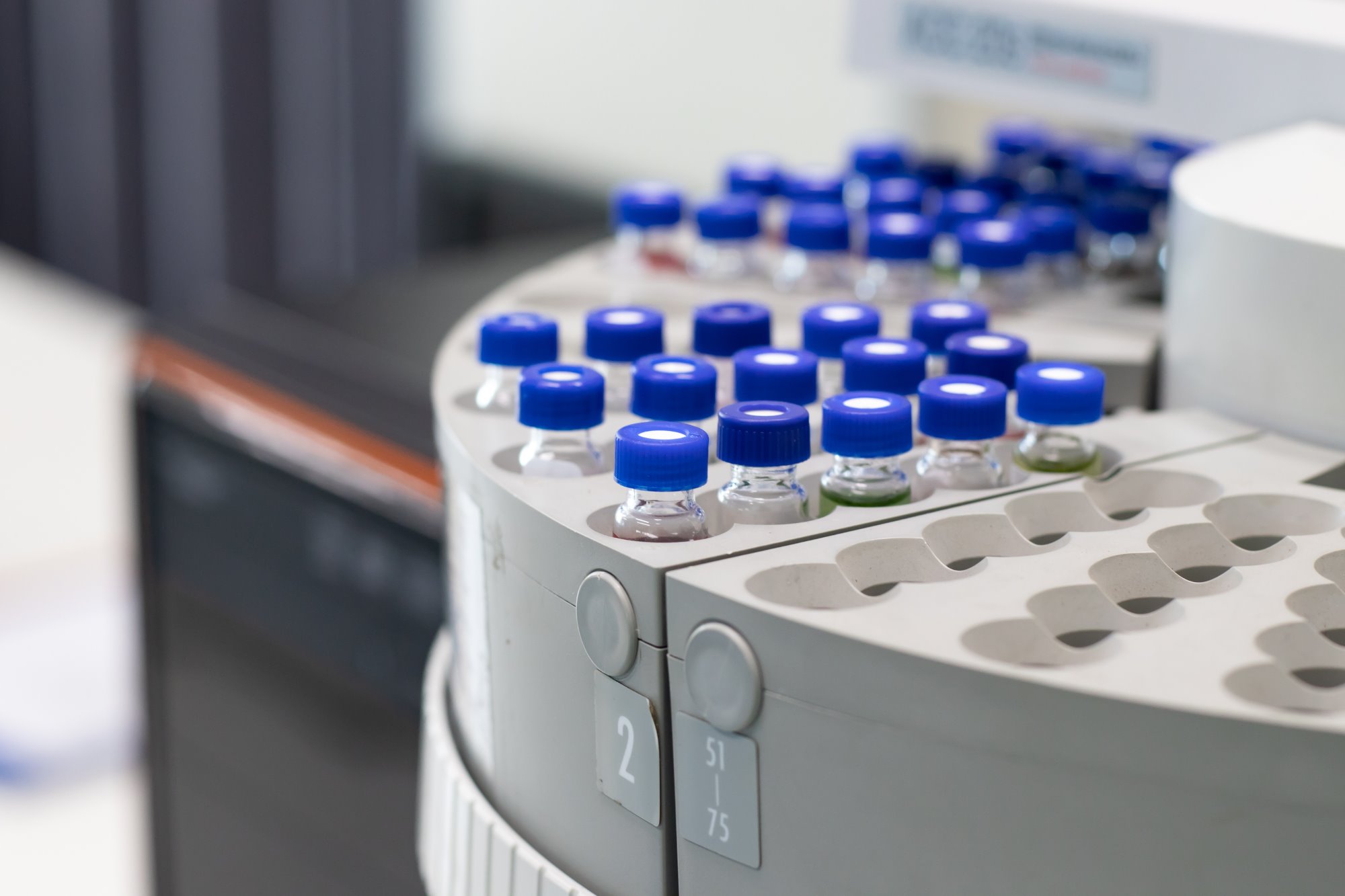
Otting Group
We use NMR spectroscopy to assess the structural changes of proteins in response to other molecules in aqueous solution, i.e. under near-physiological condition
Research theme
Research themes
About
We work with drug discovery, developing new methods to analyse the structures of protein-ligand complexes in solution by NMR spectroscopy.
We use cell-free protein synthesis as one of our main tools and have leading expertise in the use of unnatural amino acids for site-specific protein modification (for example with tags that allow rapid determination of the binding site, binding orientation and structure of ligand molecules).


